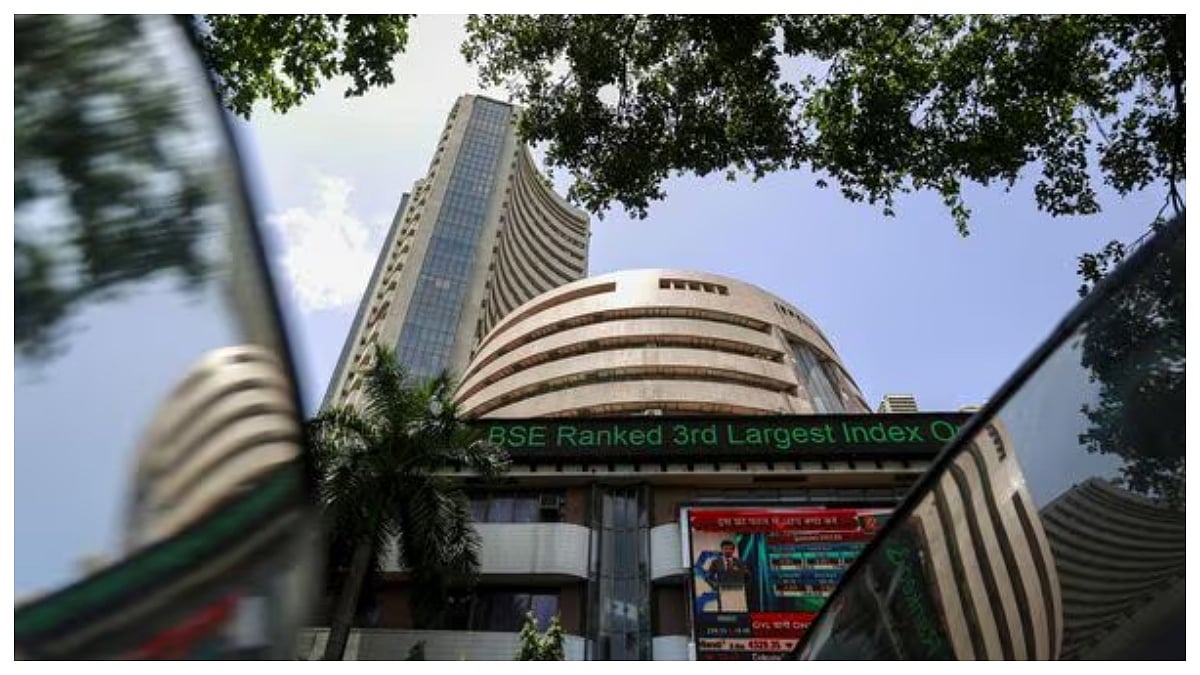As the new financial year commenced on April 1, many salaried individuals may be confused about the new and old tax regimes, as these terms have become very familiar in recent times.
Let's understand the difference between them here:
One of the key differences in the new and old tax regimes lies in their approach to tax rates, deductions, and exemptions. The New Tax Regime was introduced in Budget 2020, which offers lower tax rates but eliminates many deductions and exemptions. On the other hand, the Old Tax Regime, which existed before the introduction of the new system, has higher tax rates but allows taxpayers to claim various deductions and exemptions.
Although taxpayers can choose between the two regimes based on their income, investments, and the level of deductions they can avail, the New Tax Regime is beneficial for individuals with lower investments and minimal deductions, while the Old Tax Regime is advantageous for those with significant investments and deductions exceeding Rs. 1.5 lakhs.
New Tax Regime - Tax Rates
In the New Tax Regime in India, the tax rates are structured as follows based on income levels:
1. Income ranging from Rs 3 lakh to Rs 6 lakh will be taxed at 5 per cent.
2. Income between Rs 6 lakh to Rs 9 lakh will face a tax rate of 10 per cent.
3. Earnings from Rs 9 lakh to Rs 12 lakh will be taxed at 15 per cent.
4. Individuals with income between Rs 12 lakh to Rs 15 lakh will incur a tax rate of 20 per cent.
5. Income exceeding Rs 15 lakh will be taxed at 30 per cent.

Old Tax Regime - Tax Rates
The old tax rates are structured as follows:
1. Income up to Rs 2.5 lakh is exempt from taxation.
2. Income ranging from Rs 2.5 lakh to Rs 5 lakh incurs a tax rate of 5 percent.
3. Personal income falling between Rs 5 lakh and Rs 10 lakh is subject to a tax rate of 20 percent.
4. Personal income exceeding Rs 10 lakh is taxed at a rate of 30 percent.
Given that no alterations were announced in the Interim Budget presented by Finance Minister Nirmala Sitharaman on February 1, 2024, , the standard deduction for the financial year 2024-2025 remains unchanged at Rs 50,000. This fixed deduction applies to both the old and new income tax regimes.









